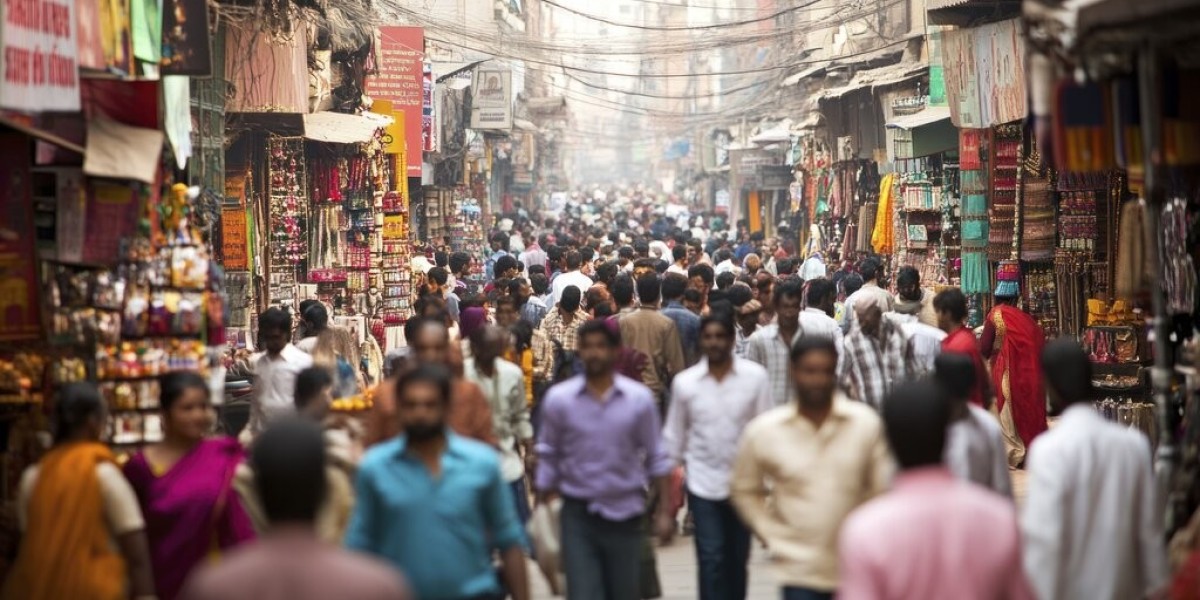India, a land of vast diversity, thrives not just because of its rich cultural heritage or economic potential but largely due to the strength of its communities. The concept of community in India is deeply ingrained in its social fabric, influencing everything from daily life to politics, economy, and cultural identity. Understanding the power of community here offers valuable insights into how collective action and shared values have shaped the country’s progress and resilience.
The Roots of Community in India
The idea of community in India goes back thousands of years. Whether it’s the joint family system, caste-based groups, religious congregations, or local village panchayats, communities have traditionally served as pillars of support and governance. In rural areas especially, community members rely on one another for everything—sharing resources, making decisions collectively, and celebrating festivals together.
Historically, these communities have helped maintain social order and cultural continuity. They provided safety nets during times of hardship, organized cooperative labor in agriculture, and facilitated education and welfare. Even today, the echoes of this system resonate in the way people approach life, business, and social causes.
Modern Communities: Beyond Geography and Tradition
While traditional communities in India were often defined by geography, caste, or religion, the modern landscape is evolving rapidly. Urbanization, migration, and digital connectivity have given rise to new forms of community that transcend old boundaries.
Online platforms, professional groups, and interest-based communities are emerging across cities and towns. These new communities offer support networks for youth, entrepreneurs, women, and marginalized groups, helping them access opportunities and voice their concerns.
For instance, community-based organizations focused on women’s empowerment have become a driving force in improving education, healthcare, and employment for rural and urban women alike. Similarly, tech hubs and startup incubators foster innovation by creating communities of like-minded professionals.
Community in India as a Driver of Social Change
One of the most inspiring aspects of community in India is its ability to mobilize for social causes. From grassroots environmental movements to campaigns against social injustices, communities have proven their power to drive meaningful change.
Take the example of the Chipko Movement in the 1970s, where villagers in Uttarakhand formed a community-based environmental protest to save trees from being cut down. Their collective action not only saved forests but also inspired similar movements nationwide.
Likewise, communities working against child labor, promoting sanitation, and fighting gender inequality have gained momentum by leveraging the strength of local solidarity. This collective approach amplifies voices and creates a ripple effect that can influence policy and public opinion.
Economic Empowerment Through Community Initiatives
Beyond social change, communities in India also play a critical role in economic development. Self-help groups (SHGs) and cooperative societies, particularly in rural regions, have empowered millions by providing access to microfinance, skills training, and markets.
These community-driven models help people pool resources, share knowledge, and build businesses collectively, breaking cycles of poverty and dependency. The success of such initiatives demonstrates how communities can be engines of economic upliftment and resilience.
In urban settings, too, professional communities and trade associations create networking opportunities, mentorship, and collective bargaining power for small businesses and freelancers.
Preserving Cultural Identity and Heritage
Another significant power of the community in India is its role in preserving cultural identity. Festivals, rituals, music, dance, and crafts are often maintained and passed on through community participation.
Communities act as custodians of tradition, ensuring that languages, folklore, and art forms survive amid rapid modernization. Local fairs, community theaters, and religious congregations serve as platforms for cultural expression and education, fostering pride and continuity.
In many ways, these cultural communities offer a sense of belonging and stability, reinforcing social bonds and intergenerational ties.
Challenges and Opportunities for Communities Today
Despite their strengths, communities in India face several challenges. Urban migration, economic pressures, and social inequalities can strain traditional support systems. The digital divide also means that some communities, especially in rural areas, remain isolated from the benefits of connectivity.
Moreover, social fragmentation, sometimes exacerbated by political or communal tensions, threatens the unity that communities provide.
However, these challenges also open up new opportunities. Digital tools can enhance communication and mobilization. Cross-community collaborations can foster inclusiveness. Governments and NGOs increasingly recognize the importance of community participation in development projects, encouraging empowerment rather than dependency.
The Future of Community in India
Looking ahead, the power of community in India will continue to be a cornerstone of its growth story. The fusion of traditional wisdom with modern technology and social innovation promises new models of collaboration.
Communities will likely become more hybrid, blending physical presence with virtual connections. They will serve as incubators for social entrepreneurship, sustainability efforts, and inclusive governance.
For individuals and organizations seeking to make an impact, engaging with communities authentically and respectfully will be crucial. This approach ensures that development is rooted in local realities and driven by collective aspirations.
Conclusion
The community in India is far more than a social unit; it is a dynamic force that shapes lives, drives change, and preserves heritage. Whether through ancient village councils or cutting-edge online networks, communities provide identity, support, and strength.
For anyone interested in understanding India’s complexities and potential, exploring the power of its communities offers rich insights and inspiration.
And if you're looking for more perspectives on India’s social landscape and local initiatives, ZoneZapper is your go-to source for authentic stories and guides.







